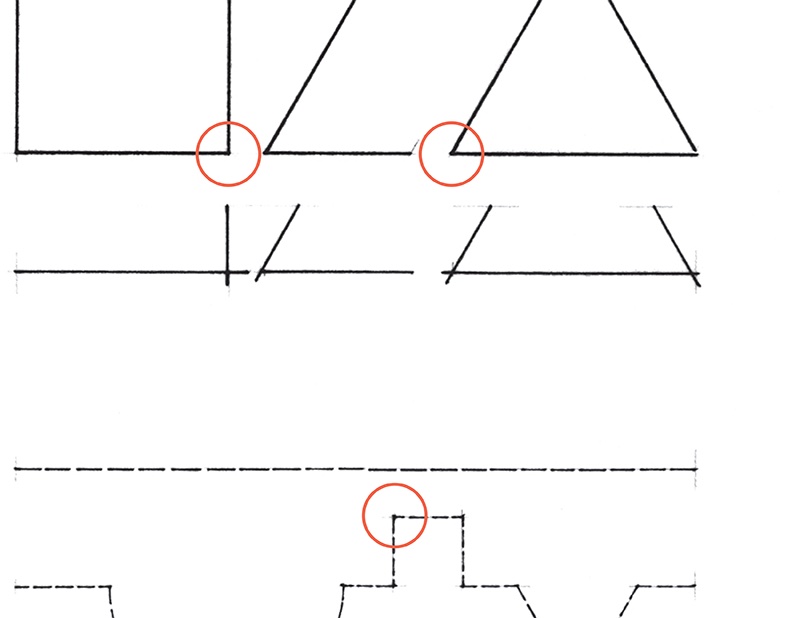
Before the advent of computer graphics, meeting lines deliberately at a corner had long been a maxim in the manual drafting of architectural and engineering documents. This may appear to be a minor detail, but in freehand drawing—from direct observation—how lines meet, or not meet, can convey much about the nature of the forms we are capturing.
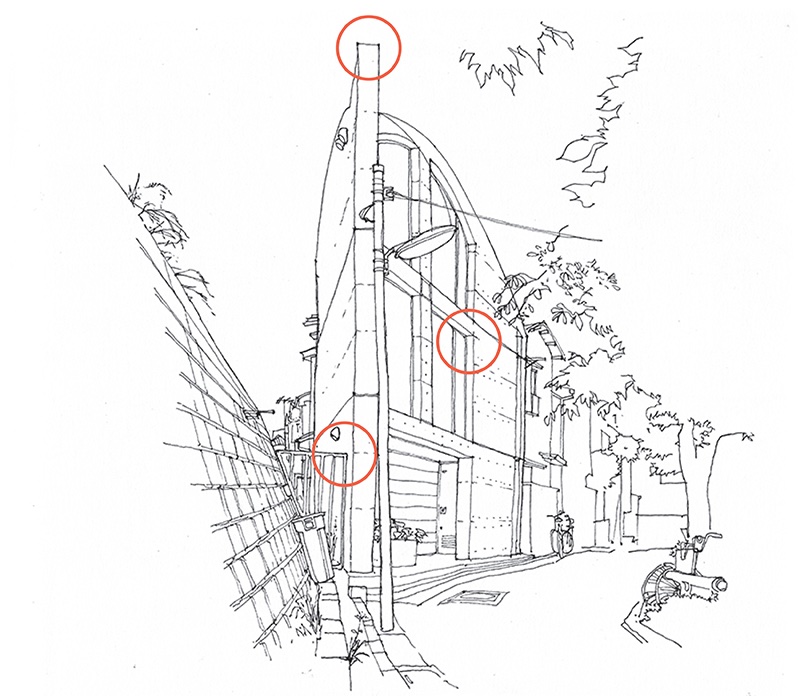
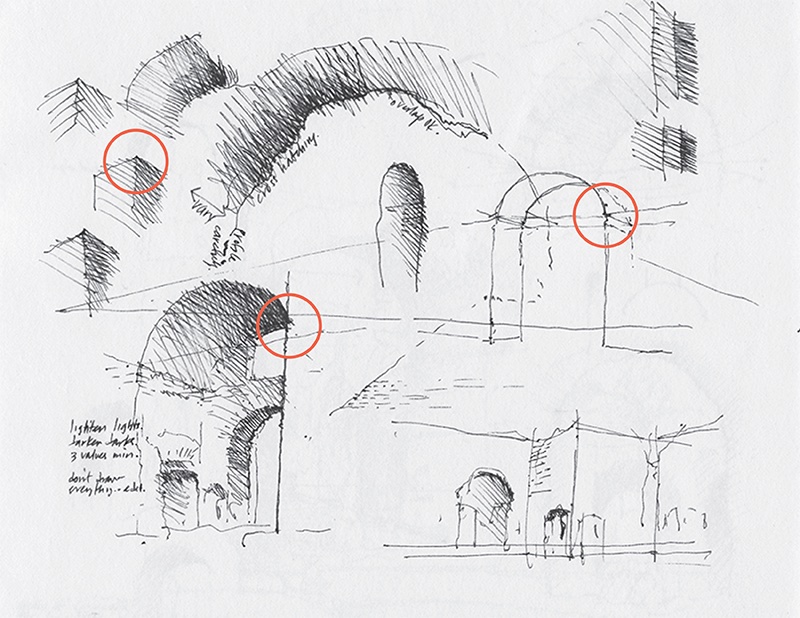
Take, for example, the drawings above, where meeting lines at corners can convey a crispness of planes and edges of volumes.
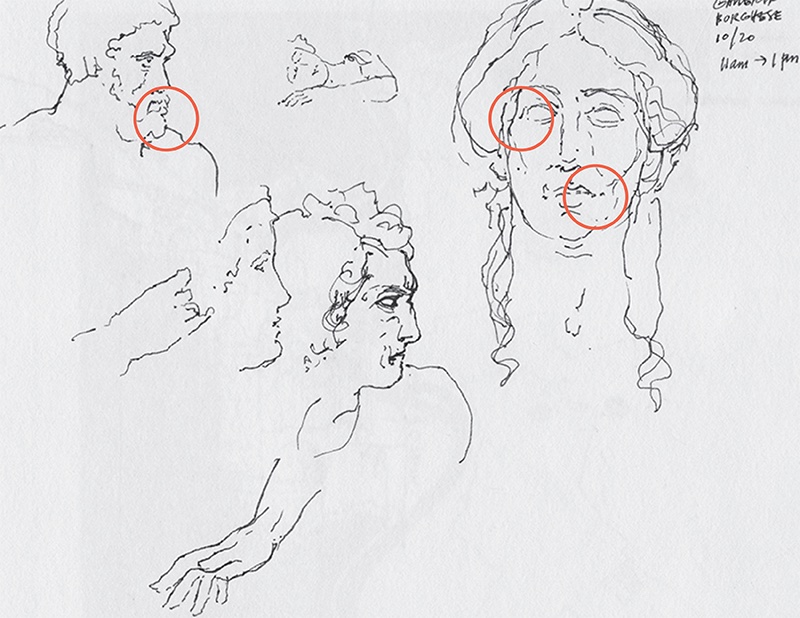
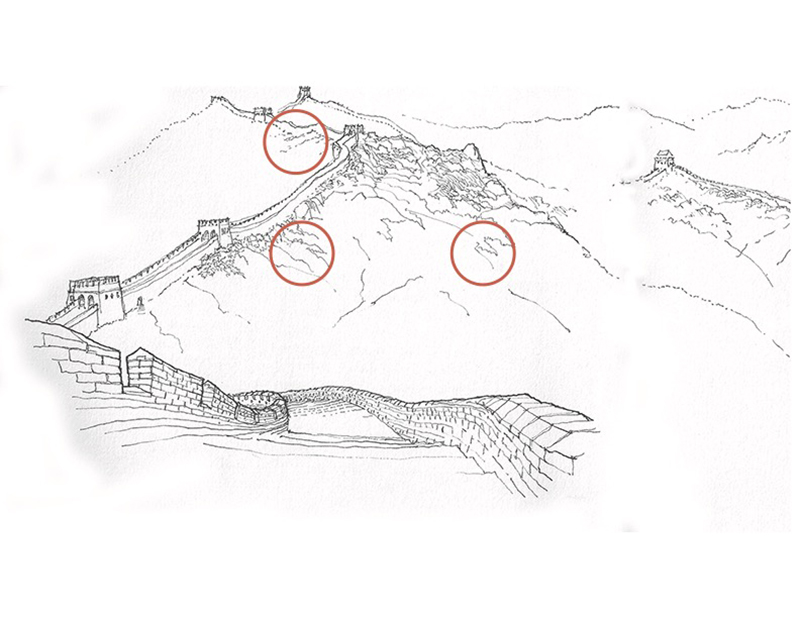
On the other hand, not meeting lines can convey the softness of curves and curvilinear forms, as in the sculpted nature of a marble bust or the contours of a landscape.
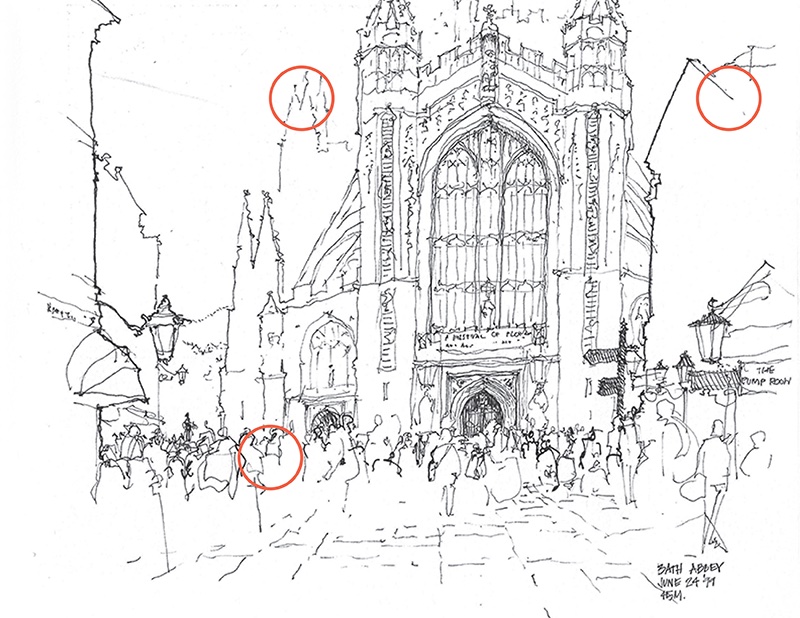
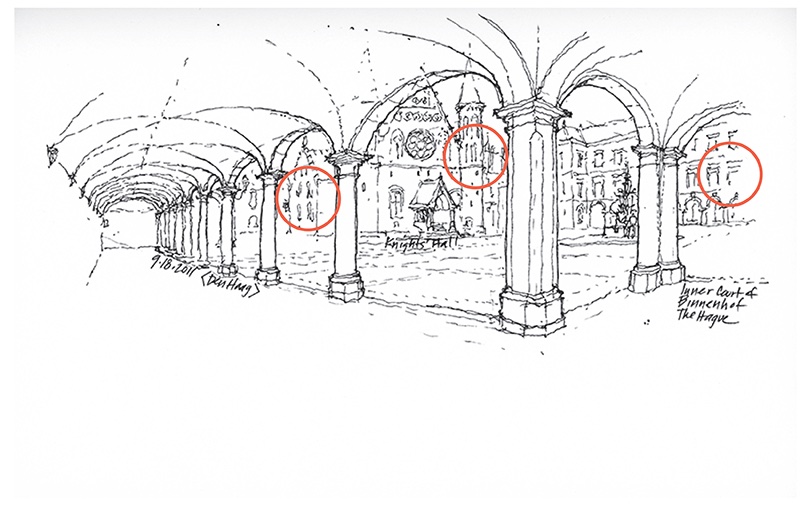
At times, the deliberate gaps between lines can merely suggest a form or create context without calling too much attention and detracting from the focus of a drawing.
